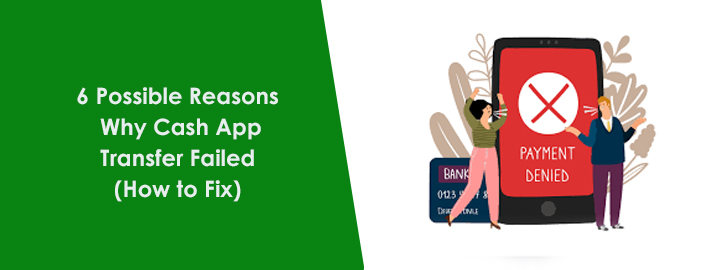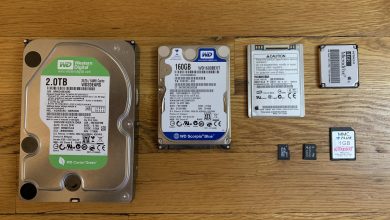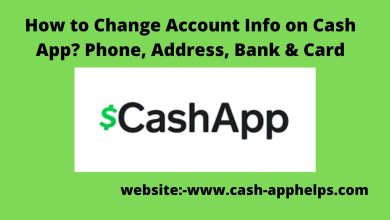6 Possible Reasons Why Cash App Transfer Failed (How to Fix)

With billions of cash and money transfers happening each day, there are bound to be many Cash App Transfer Failed as well. It’s a numbers game, and the extremely popular Cash App is no different.
But why do transfers on Cash App, in particular, fail? What can you do to prevent this from happening (again)?
Here are some of the possible reasons why Cash App transfers fail sometimes.
- Your Bank or Card Issuer is Declining the Transaction
This is perhaps the most common reason why your Cash App transaction might fail. And it’s the one that’s the vaguest. It’s also very infuriating as 9 times out of 10, you’ll have to contact the bank or card issuer to get to the bottom of the issue.
The bank can decline the transaction for a wide variety of reasons that include not having sufficient funds, having a frozen account status, invalid card number, or wrong expiration date.
You could simply try to complete the transaction again after double-checking that all the details are correct or in the case that it fails, try contacting the bank.
It’s important to note that this is out of Cash App’s control, and they will always point you to your bank/card issuer or tell you to try a different card.
Some banks or card issuers let you open an account without fully verifying the account, which leads to you having a limited account with limited possibilities that might not include sending or receiving money.
Some prepaid cards also don’t play well with Cash App so that’s another reason for a failed transfer. More on that below.
- Your Bank Account Doesn’t Have Enough Money
This one’s pretty obvious. If you don’t have enough money in your bank account and you want to transfer some cash to Cash App, of course, your transfer will be declined.
Before making a transfer, make sure you have a sufficient balance in your account. The same goes if you want to cash out from your Cash App to the bank account or to another person.
If there isn’t enough money in your Cash App balance, the transfer will fail, i.e., it won’t even start.
- Potentially Fraudulent Payment
This error happens more often than you realize. It often says “Cash app payment canceled for your protection” or some similar wording. You see, Cash App and basically every other financial institution has to adhere to anti-money laundering and anti-terrorism laws.
Sometimes, in order to adhere to them, the algorithm gets a bit overzealous and flags ordinary, everyday transfers as fraudulent and cancels them on the spot. Some people get this more than others but there are ways to mitigate and prevent this from happening.
Here’s what Cash App is recommending to do to reduce the risk of any payment beings canceled:
Only link debit or credit cards that are in your name
Before making a transfer, confirm the recipient’s phone number or $Cashtag
Build up a healthy transaction history by frequently using your Cash App
Send or receive payments from people you know or reputable businesses
- Technical Issues With Cash App or Bank
We all know that almost nothing on the internet is perfect. That, of course, extends to financial, money management, and banking apps, as well. These things crash left and right and some days they don’t work at all.
So, if you’re having trouble with a transfer, it might be wise to check that there are no issues with institutions involved. It’s obviously not ideal, but it’s reality.
- Cash App Limits
Anyone that doesn’t have a verified Cash App account will have some limits set to their account. Here, in the US, the limitations for sending and receiving cash are $250 per week or up to $1,000 within any 30 days. And in the UK, the limit is £250 per week to send and £500 to receive money.
The limits are what they are and they might be too low for some, especially those that intend to use the Cash App to receive their paychecks. However, it’s easy to increase these limits if the said monthly limit of $1,000 isn’t enough for you.
How to Increase Cash App Limits
If you aren’t happy with your Cash App limits and you want to raise them, you’ll have to verify your account by supplying your date of birth, first and last name, and the last four digits of your Social Security Number (SSN).
In order to get the Cash Card, Cash App’s debit card, you also need to verify your account. That’s also why it’s a good idea to do this if you intend to use Cash App for a long time, or even from time to time.
Cash App also might ask you to provide additional information like documents if it can’t verify it using the name, DOB, and SSN. It’s all part of the KYC, or the so-called “Know Your Customer” process, that is standard across the industry.
- Invalid Details and/or Cards
We touched upon this a bit earlier, but this is also one of the main reasons for a Cash App Transfer Failed. With so many different cards available on the market, it’s sometimes hard to differentiate which one you exactly have. It’s also important to input the correct details.
What Cards Does Cash App Support?
Cash App, like other financial, banking, and money management apps supports all major debit and credit cards. This, of course, includes MasterCard, Visa, American Express, and Discover, among others.
While it’s true that most prepaid cards are also supported, depositing to these cards doesn’t work. So, while prepaid cards are super-popular and convenient, they don’t always play well with digital banks.
Cash App also doesn’t support, and this is important:
PayPal,
ATM cards, and
Business debit cards
PayPal is the most popular payment platform in the world but it’s also Cash App’s direct competitor, not only with its main platform but also in the form of Venmo, which PayPal owns and that is very similar to Cash App in what it does.
Conclusion
As you can see, there are many reasons, some of them complex, why a Cash App transaction or money transfer would fail. Some of them are directly tied to you while others are out of your control.
However, by simply double-checking your card or account and your information input and by having a Cash App account in good standing, you can prevent and mitigate all of the issues connected to failed transfers.





